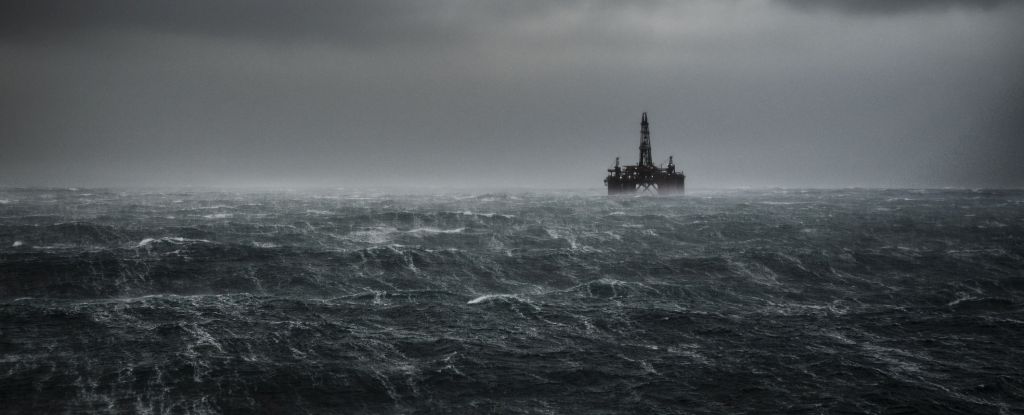Scientists Discover Mind-Blowing Seafloor Mystery in the North Sea!











2025-08-24T12:01:10Z

Did you know that deep beneath the North Sea lies a geological enigma that defies everything we thought we knew about the planet's structure?
In an astonishing discovery, scientists have uncovered hundreds of massive sand mounds, some stretching for kilometers, that challenge fundamental principles of geology. According to a release from the University of Manchester, these formations are the result of a bizarre process called stratigraphic inversion, and they’ve never been found in such vast numbers before.
Geophysicist Mads Huuse, leading the research team, expressed his intrigue: “This discovery reveals a geological process we haven't seen before on this scale.” Imagine a world where dense sand sinks beneath lighter sediments, flipping our conventional understanding of geological layers upside down. It's a chaotic dance of nature right beneath our feet!
The expected order of geological layers—where older sediment rests beneath newer—has been turned on its head. In a process that sounds almost like geological gymnastics, younger layers of sediment have sunk, allowing the older layers to float to the top. This phenomenon occurs through various events, including tectonic shifts and rockslides, which are more common than you might think.
Working alongside geophysicist Jan Erik Rudjord from Aker BP, Huuse utilized detailed seismic data to reveal these unusual formations at the North Sea's bottom. By studying how acoustic waves travel through the Earth, they found large areas of the seafloor appearing to be inverted—newer, denser layers buried under the lighter, older ones.
These younger sands, surprisingly heavier than their older counterparts, gradually sunk over time, pushing the more porous layers upwards, which the researchers have whimsically dubbed floatites. This remarkable process likely occurred millions of years ago, right at the boundary between the Miocene and the Pliocene epochs, approximately 5.3 million years ago.
The older layers are primarily composed of tiny marine fossils, while the upper layers are heavier and more prone to disruption. Earthquakes could have shattered the upper layer into sand, which then sank down, flipping the layers like a geological pancake!
Now, as the team delves deeper into this fascinating research, Huuse believes understanding these sinkites could transform our comprehension of the Earth's crust under the oceans, highlighting weaknesses and stability within it. He notes, “This research shows how fluids and sediments can move around in the Earth's crust in unexpected ways.” This is essential for assessing underground reservoirs and strategies for carbon capture and storage.
While some skeptics voice their doubts, many researchers support this new model, emphasizing the need for further exploration to test its broader applicability. The journey into our planet's depths continues, and who knows what other secrets lie hidden beneath the waves?
 Erik Nilsson
Erik Nilsson
Source of the news: ScienceAlert